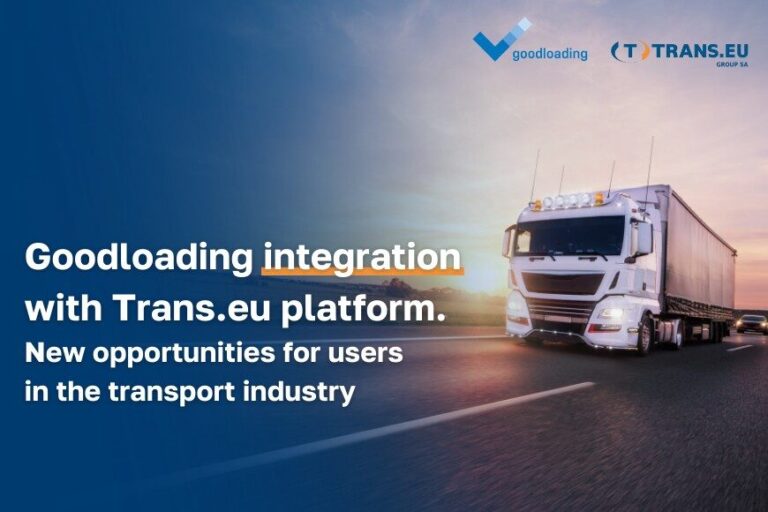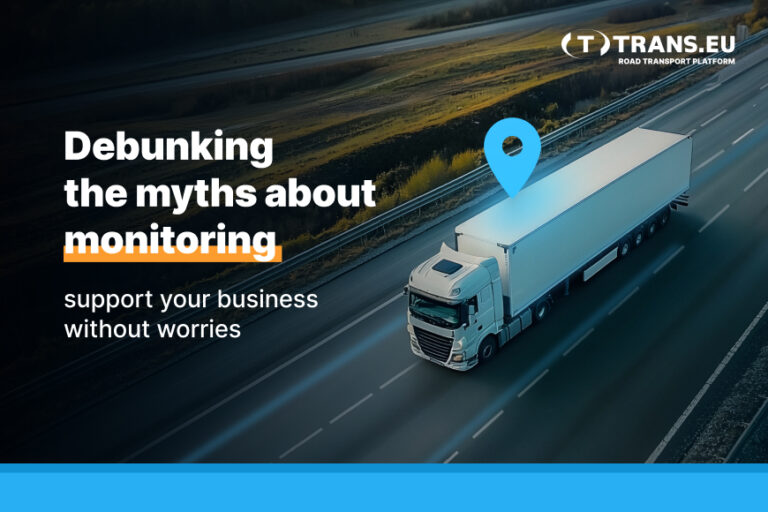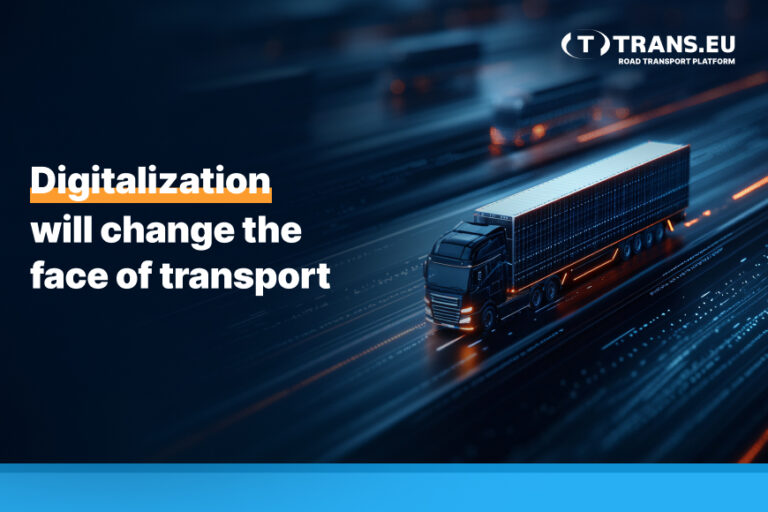The article is part of the report Transportation Market 2024/2025: Conclusions, Forecasts, Challenges. Need more information?
The year 2024, specifically August 21, 2024, was supposed to mark a significant breakthrough in the adoption of the electronic consignment note (e-CMR) across Europe. This is due to the entry into force of the EU’s eFTI regulation on electronic freight transport information. However, full implementation of the new technology is a process that will take considerable time.
As of August 21, 2024, member states are required to implement measures to adapt their national laws and systems to the regulation. This includes the electronic version of consignment notes and other transport documents. Representatives of individual EU countries must be ready to receive electronic information on freight transport by the end of the first quarter of 2027. At this point, the European Commission has indicated that this deadline will be met. This is when the full acceptance of electronic transport documents across Europe is expected to take place.
9 minutes
This is the average time required to process a freight order by means of eCMR. A study conducted by SIRA Consulting Research for the Danish Ministry of Transport revealed that eCMR significantly reduces time spent on key processes related to transport documentation issuance. These include document preparation, cargo inspection, delivery confirmation, and other administrative tasks. With paper documentation, such administrative steps take 23 minutes.
Regulations Are Lacking
The deadlines for the publication of delegated and implementing acts related to the eFTI regulation have also been postponed. To date, the Commission has published two acts, which are available on its website. One is the so-called ‘implementing act,’ which aims to define uniform procedures, rules and technical specifications to be followed by the competent authorities of EU countries to access freight transport information through eFTI platforms. The second is a so-called ‘delegated act’ that establishes a unified eFTI dataset for the automatic exchange of information.
However, two additional acts are yet to be published: an implementing act related to specifications for eFTI platforms and solution providers, and a delegated act establishing rules for certifying eFTI platforms and solution providers. The publication date has been moved to mid-2025.
The target model for transferring freight transport data is to operate on certified platforms, the so-called eFTI platforms, which are to guarantee the security of data storage and availability. In essence, if a company wishes to utilize e-CMR, it will need to employ an external certified system from a solution provider or internally certify its own system.
The eFTI platforms will need to be capable of transferring data to the eFTI Gate, which is the overarching national platform that is to be established in each member country. Therefore, it is essential that the environment be fully interoperable, which means that companies and solution providers must use standard formats for transport data transmission.
Paper Still Viable
It is important to note that the responsibility for compliance with the eFTI regulation does not lie with the companies themselves, but rather with the representatives of the controlling bodies. According to the regulation, companies are permitted to maintain paper documents if they choose to continue using them. Conversely, if they transition to an electronic consignment note, the driver will present a generated QR code on a mobile device during a roadside inspection, containing a unique transport number. This number will serve as the ‘key’ to the relevant data in the solution providers’ databases, through which the requested information related to a particular transport will be made available.
It is important to note that the eFTI regulation is not limited to data submitted for road transport implementation. The regulation is much broader in scope and also applies to other modes of transportation (apart from maritime transport, which is subject to separate regulations). This transformation encompasses the digitalization of various transportation modes.
At present, approximately 99% of transport documents used within Europe are still paper-based, with CMR (consignment notes) documents accounting for around 500 million copies annually. Paper is also the most common form for documents related to the goods being transported, such as customs declarations and ADR certificates, as well as other documents necessary for the driver during transport, such as the driver’s card and vehicle registration. These records will be digitized under the eFTI regulation at a later stage of the process.
eCMR Currently On A Regional Basis
At this juncture, a number of initiatives aimed at digitizing transport documents are currently underway in several European countries. A variety of solutions are being tested, with the ultimate goal of moving us closer to a target eFTI-compliant model. Belgium, Germany, Italy, and Spain, for example, are very active in this area. In Romania, electronic consignment notes have been a prevalent practice for several years. In Poland, there is a proliferation of similar initiatives aimed at reversing the legal situation and implementing pilot programs.





